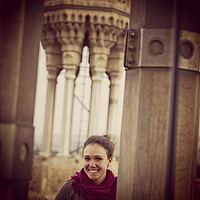A group of countries – perhaps the US, Turkey, France, Qatar, and Saudi Arabia, who have been the most vocal critics of Assad – could go ahead with the safe zone without UN authorization, but that opens the door to accusations of the zone being a guise for a politically or sectarian-motivated intervention, AP reports.
"Since the powers that would establish any safe zone are also calling for Assad's ouster and supporting the Syrian opposition, a so-called humanitarian mission could easily be construed as the first step in regime change managed from the outside. There would be concerns about whether Syrian rebels are using any foreign-protected camps to stage attacks on regime forces, which in turn could try to launch long-range artillery or air strikes on those same locations inside Syria.”
Additionally, the safe zone would likely also become a base from which the Free Syrian Army could plan and execute attacks. Maintaining a safe zone being used by rebel forces to wage war amounts to taking a clear side in the Syrian conflict.





